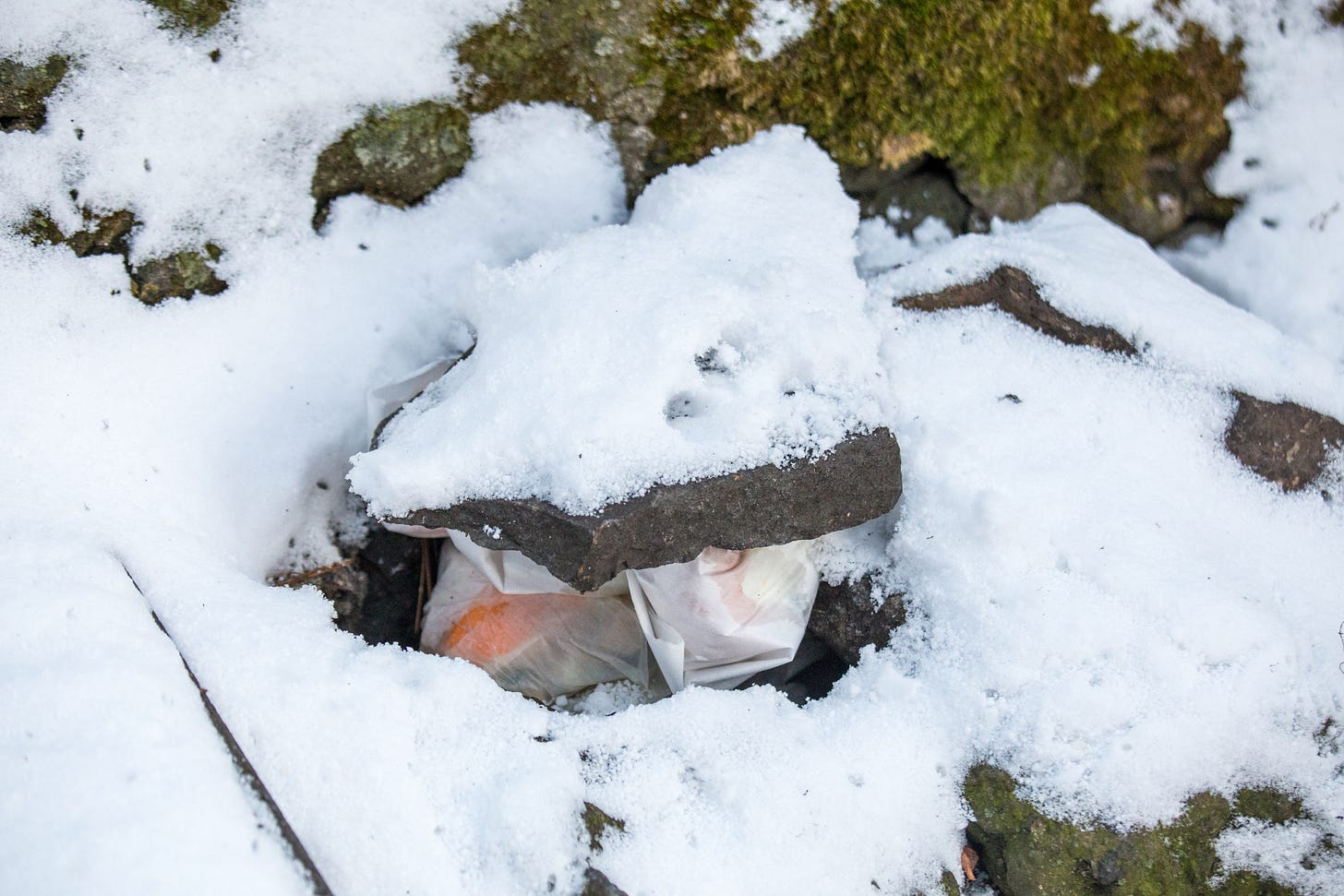For the last decade I’ve been exploring the sacred tree. If you’d like to go to the
beginning start with this post.

Whether the Black Isle in the Scottish Highlands, the Black Hills or the Ethiopian Highlands, Patagonia or Haiti, gods, saints and other divine beings are believed to live, if not within sacred trees, then somewhere in the vicinity of the trees.1
On Jeju Island in South Korea, where I’m writing this, most people say the gods live behind stones placed at the base of sacred trees. A shaman once told me that from the gods’ perspective these stones—called gwemun2—are doors to traditional kiwa houses, even if from our human perspective these ‘doors’ look to be simply stones.


Such trees where gods, saints and other spirits reside are so treasured in communities across the world that uphold the sacred tree tradition that harsh punishments are doled out to those who disturb even a limb. Harming the tree, in effect, is to hurl great offense at the divinity themself.
I heard stories of punishments. In Serbia, I learned about a family, for instance, who set fire to such a tree in the south of the country. They were punished with extreme misfortune and sought to recompense later by bringing in an expert to plant new trees.
I’m sure you’ll recall this scene from the film Midsommar.
Tales of someone who messed around and found out are ten a penny in cultures with sacred trees. Most of the stories I heard about ill-fate being doled out by a sacred tree deity actually occurred within the living memory of the people I talked to. So we can gather that these instances occur frequently enough.
A few examples of trees I visited inhabited by the divine
Jeju Island, South Korea
Dodona, Greece

Kragujevac, Serbia
Sacred trees are remarkable for many reasons. The fact that gods, saints and other beings reside within or nearby the trees make them a direct channel for communication with the divine.
Stay tuned for more.
Joey Rositano is an independent researcher and photo book maker. He is the author of ‘Scattering’ and ‘The Sacred Trees of Jeju Island, journeys 2013-2023’. He’s working on an upcoming non-fiction book about sacred trees.
Subscribe
You can support this newsletter by subscribing.
Unpaid subscribers will get everything from this series. Paid subscribers will get some extras—an occasional essay or video post, extended articles, special offers on books, book lists and other fun things I come across.
Please subscribe!
Support
You can also support this series by buying a book— — —> This is my bookstore.


Or if you prefer——> Buy me a cup of coffee.
Do you happen to know a literary agent? Do you think they would be interested in the upcoming narrative non-fiction book on this topic? Please put me in touch!
And last but not least.
Do you have a piece of the puzzle?
Do you have a piece of the puzzle? I get messages and emails from around the world regarding sacred trees. If you have an anecdote or even a personal connection with a special tree you want to tell me about, please get in touch!
gripa22@yahoo.com
Find me on Instagram
Visit my website
Order a book or print from my bookstore
Such divinities sometimes descend the trees from a heavenly realm. At times they emerge from underground. There are many variations.







